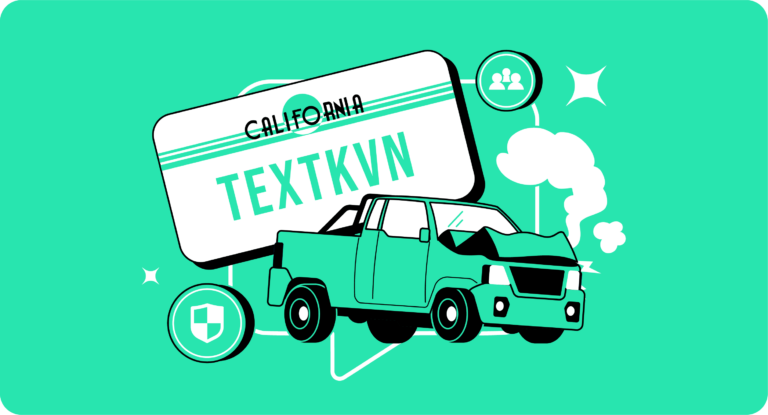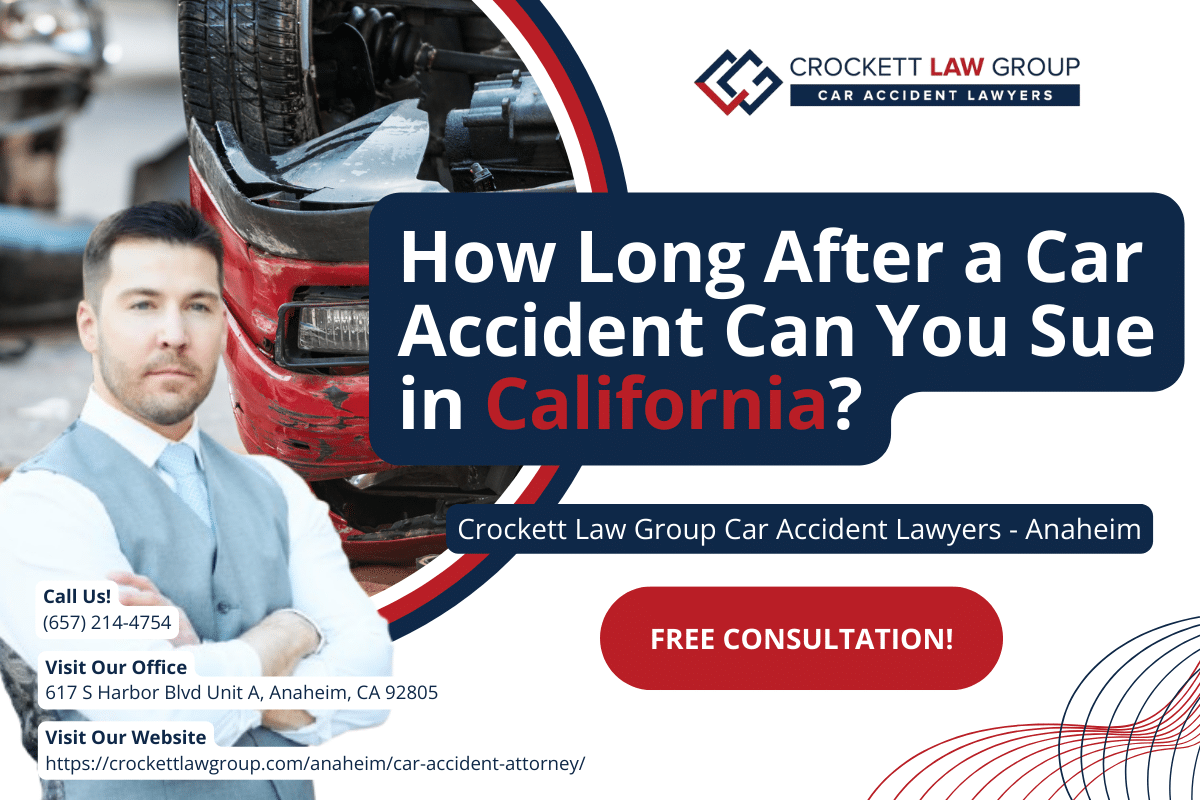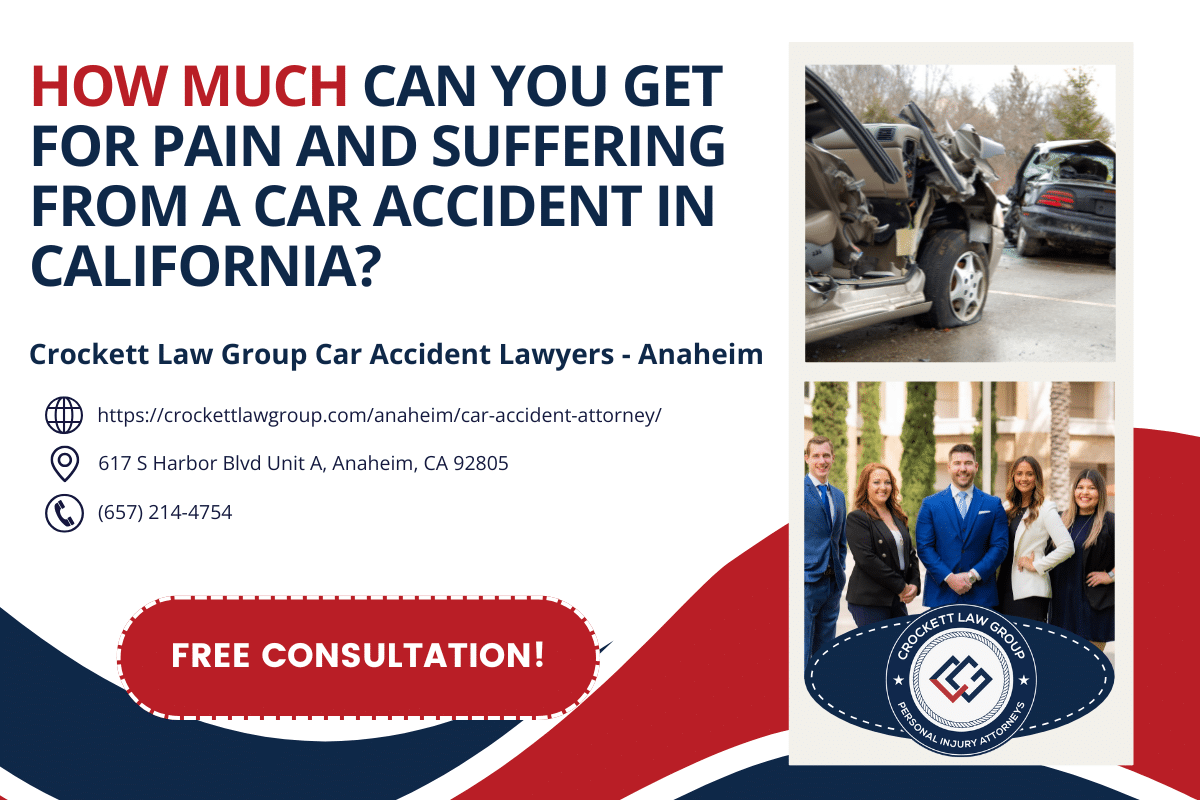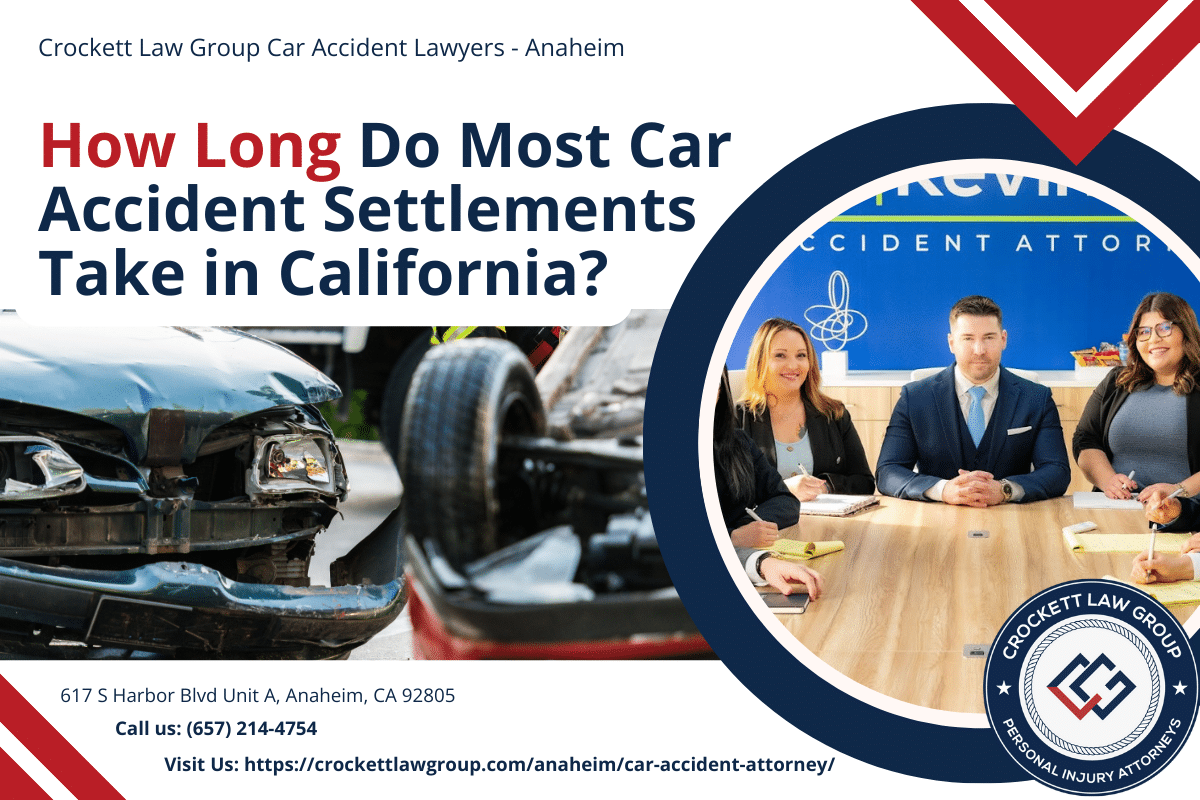Whether it’s for business, leisure, or a spontaneous road trip, driving across state lines is a common occurrence in the vast expanse of the United States. Yet, amidst the allure of new landscapes and experiences lies a lurking concern: what happens if you get into an accident in another state? After all, each state has its unique traffic laws, insurance requirements, and legal procedures.
Navigating the aftermath of an out-of-state accident can be daunting, especially when faced with unfamiliar rules and regulations. In this article, we’ll delve deep into the intricacies of interstate accidents, focusing on the implications of personal auto policy limits and understanding the insurance landscape of different states. As we journey through these considerations, we’ll equip you with the knowledge you need to be prepared, ensuring that you can enjoy your travels with peace of mind.
Interstate Travel and Insurance Policies
Insurance, at its core, is a safety net – it’s there to provide financial protection when unexpected events occur. One of the unique aspects of car insurance in the U.S. is its state-specific nature. While there are overarching federal regulations, each state maintains autonomy in setting its own insurance laws and minimum requirements.
When you purchase an auto insurance policy in your home state, it’s designed to comply with local laws. But what happens when you venture beyond state boundaries?
Thankfully, auto insurance companies anticipate the wanderlust of their policyholders. Most policies offer what’s called “broad coverage“, which means that even if you have an accident in a state with higher minimum coverage requirements than your home state, your insurance will typically adjust to meet those standards. It’s their way of ensuring you’re protected, no matter where your travels take you.
Additionally, there’s no need to inform your insurance company each time you decide to cross a state line. Your policy is built with the understanding that you might travel, and as long as the trip isn’t a permanent move, you’re covered.
While broad coverage is standard, it’s always essential to be aware of any exceptions or special conditions in your policy. Some insurance plans might have restrictions or exclusions that apply to out-of-state travel, especially if the trip is prolonged.
Traveling between states is a thrilling adventure, filled with new sights and experiences. Yet, it’s always wise to be informed about how your insurance works across these boundaries. A little knowledge can go a long way in ensuring your journey remains a pleasant memory, free from unnecessary worries.
Limits of Policy Liability: State-to-State Differences
One of the most pressing concerns when it comes to interstate accidents revolves around policy limits. These limits dictate the maximum amount an insurance company will pay out for a claim. When you’re in your home state, these limits are clear-cut, but what happens when you cross into new territory?
- Definition of a Personal Auto Policy: At its heart, a personal auto policy is an agreement between you and your insurer. It promises to cover specific financial risks associated with driving, such as bodily injuries or property damage. In return, you pay a premium. This policy outlines the maximum amounts (or “limits”) the insurer will pay if you’re at fault in an accident.
- Adapting to New State Limits: As you move from one state to another, these liability limits might need to adjust. If you hail from a state with lower liability requirements and have an accident in a state with higher demands, your insurance will typically “step up” to meet those higher limits. For instance, if your policy covers $25,000 for bodily injury per person, but the state you’re in requires $50,000, your insurance would typically cover up to the required $50,000.
- Real-world Implications: The adaptability of insurance when crossing state lines provides drivers with both financial safety and legal compliance. If an accident occurs in a state with higher liability demands, drivers can avoid hefty out-of-pocket expenses, as their policy typically adjusts to meet those higher limits. Moreover, meeting a state’s minimum insurance requirement not only safeguards one’s finances but also ensures legal compliance, preventing potential penalties, fines, or lawsuits. This flexibility gives travelers the peace of mind they need, allowing them to immerse in their journey without being bogged down by insurance concerns.
The fluid nature of insurance policy limits across states serves as a protective measure. However, always remember to check your policy or consult with your insurance provider if you have doubts or specific questions.
Understanding No-Fault States
Insurance systems in the United States can broadly be divided into two main categories: at-fault and no-fault. Understanding these distinctions is crucial when you’re on the road, as they dictate how insurance claims are processed after an accident.
The no-fault insurance system is designed to reduce the number of lawsuits stemming from auto accidents. Instead of determining who was at fault in an accident, each party involved turns to their own insurance provider for compensation. This means that if you’re injured in a no-fault state, your insurance will cover your medical expenses regardless of who caused the accident.
There are several benefits to the no-fault system:
- Speedy Claims: Since liability doesn’t have to be established, claims can often be processed more quickly.
- Reduced Legal Disputes: With the emphasis shifted away from fault, there’s a reduced need for lengthy and expensive litigation.
- Coverage Limitations: While the no-fault system does streamline certain aspects, it may come with coverage limitations. For significant damages or injuries, the ability to sue may be restricted unless specific thresholds are met.
This system might sound straightforward, but it’s not uniformly adopted across all states. Each no-fault state has its nuances, making it essential for drivers to be aware of the specifics when traveling.
Is Tennessee a No-Fault State?
When navigating the complexities of auto insurance across the United States, understanding each state’s unique framework is crucial. Tennessee, unlike some of its counterparts, operates under an at-fault or “tort” system. In the aftermath of an accident in Tennessee, the party found at fault or their insurance is responsible for covering the damages and medical expenses of those injured. This at-fault system allows the injured party the freedom to pursue legal action against the responsible driver, seeking compensation that might extend beyond basic insurance coverage. Additionally, Tennessee requires its drivers to maintain specific minimum liability insurance to ensure there’s financial coverage should they be deemed responsible in an accident. For drivers in or traveling through Tennessee, being aware of this system can greatly impact post-accident decisions and expectations.
What to Do If You’re in an Out-of-State Accident
Finding oneself in an accident is already a stressful experience. Add the unfamiliarity of being in a different state to the mix, and the situation can become even more daunting. However, having a clear action plan can alleviate some of this stress.
First and foremost, always check for injuries. Ensure your safety and that of any passengers. If anyone is hurt, call 911 immediately.
Contacting local authorities is crucial. Even in minor accidents, having a police report can assist in the claims process, providing a neutral account of the events.
Exchange information with the other party involved. This includes names, contact details, insurance information, and vehicle details. It’s beneficial to take photos of the accident scene, capturing vehicle positions, damages, and any relevant road signs or signals.
Regardless of where the accident occurs, promptly notifying your insurance provider is essential. They can guide you through the claims process, especially when dealing with the nuances of an out-of-state incident.
Documentation is your ally. Collect and keep any receipts, reports, or details related to the accident. This will aid in any subsequent insurance or legal discussions.
In summary, while the landscape might be unfamiliar, the steps to take after an out-of-state accident largely mirror those you’d follow in your home state. Being proactive, keeping calm, and gathering information will serve you well during such trying times.
For those with concerns or seeking further guidance, it’s always beneficial to consult with trusted professionals. At Crockett Law Group, we’re here to assist, providing clarity and support when you need it most. If you ever find yourself with questions or in need of assistance, don’t hesitate to reach out at (800) 900-9393. Safe travels, and may your journeys always lead to memorable experiences.










